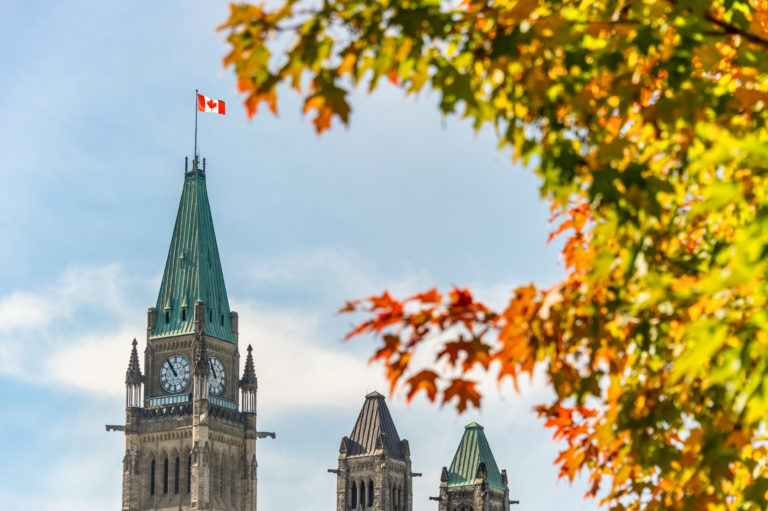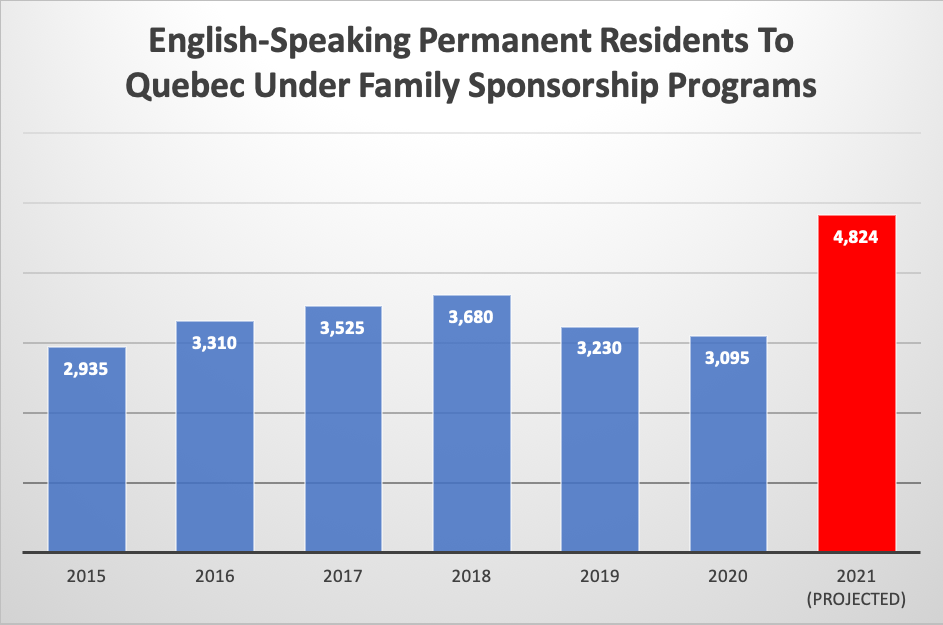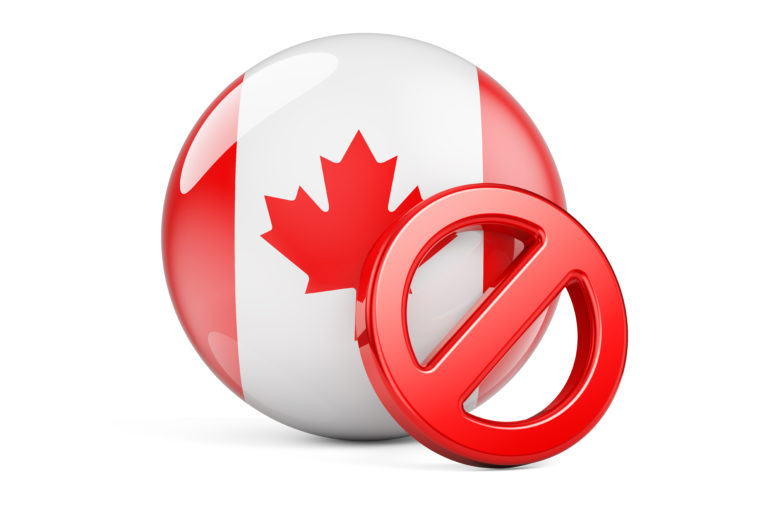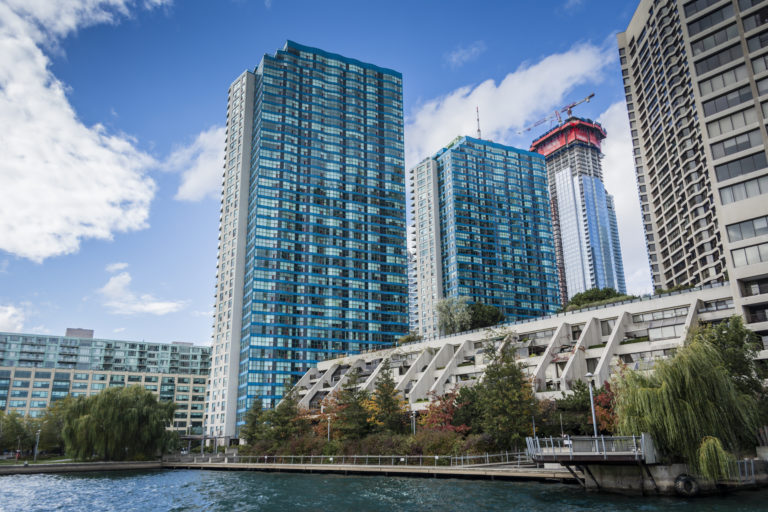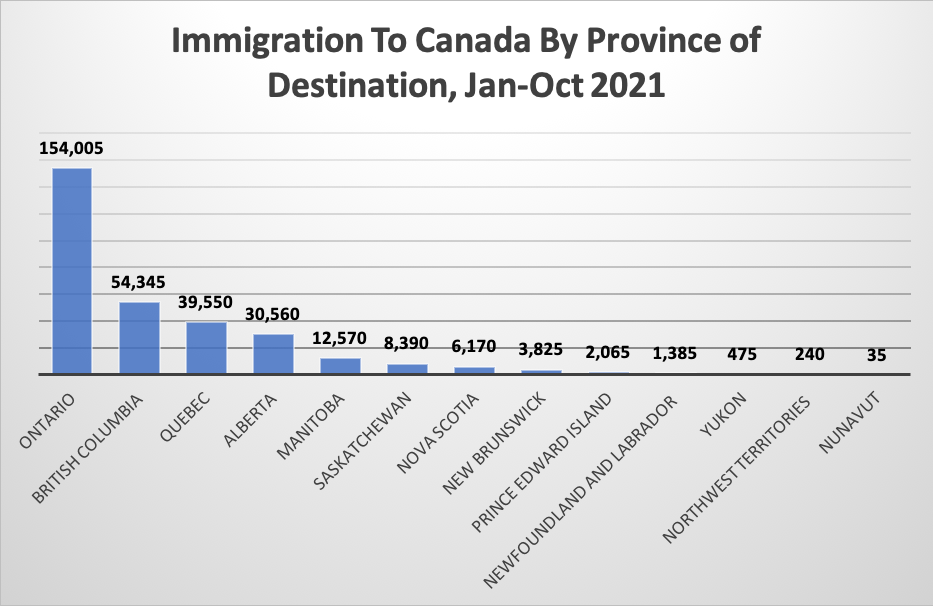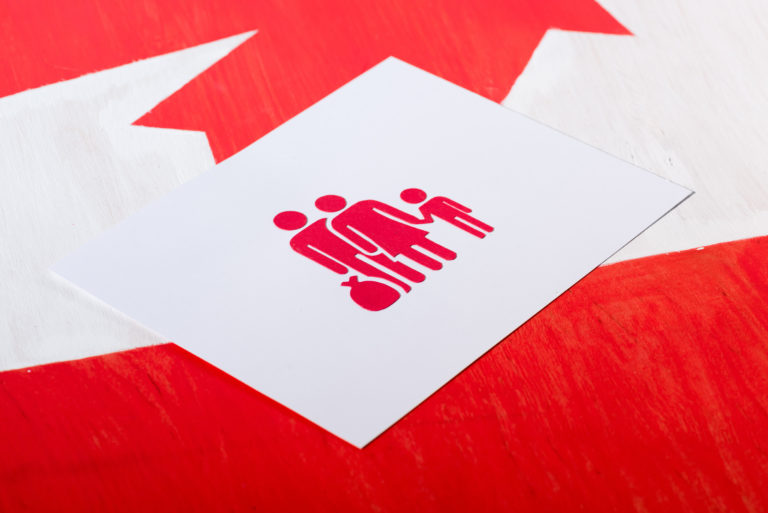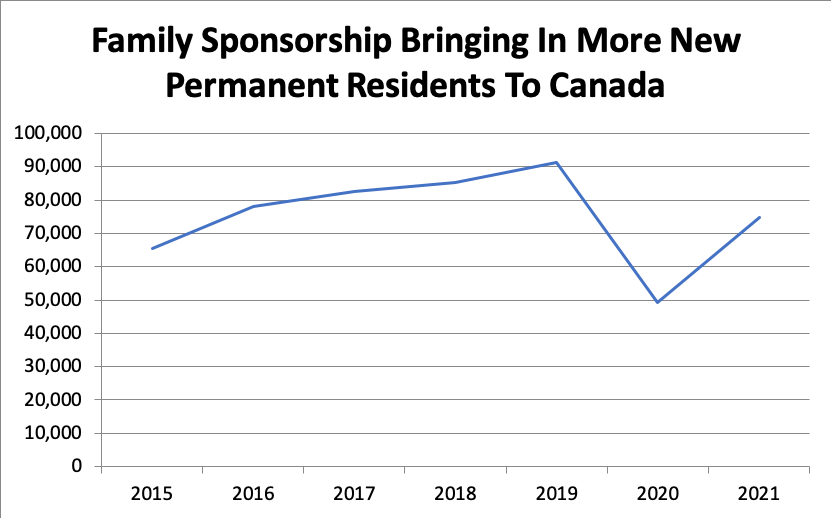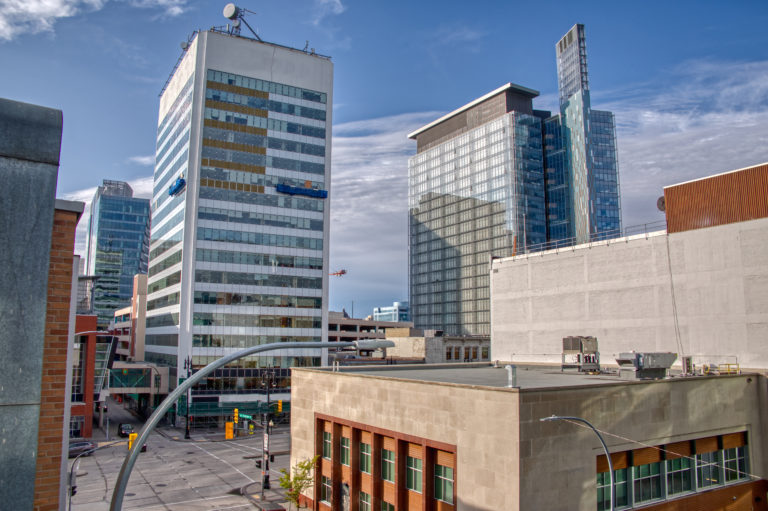Canada immigration news: Ontario has started 2022 with three Expression of Interest draws through its Employer Job Offer streams for Foreign Workers, International Students and In-Demand Skills, issuing 1,084 Canada immigration invitations.
A draw under each stream was conducted on January 11, 2022.
Under the Foreign Worker stream, a general draw saw 264 candidates invited, with a minimum score of 38 points on the Ontario Immigrant Nominee Program points grid.
For the International Student stream, a general draw saw 762 invitations issued, with a minimum score of 59.
Under the In-Demand Skills stream, a targeted draw saw 58 invitations issued to candidates scoring 11 points and above with skills and experience in the following health, manufacturing and agricultural occupations:
Health and Agricultural
- NOC 3413 – nurse aides, orderlies and patient service associates.
- NOC 4412 – home support workers and related occupations, excluding housekeepers.
- NOC 8431 – general farm workers.
- NOC 8432 – nursery and greenhouse workers.
- NOC 8611 – harvesting labourers.
- NOC 9462 – industrial butchers and meat cutters, poultry preparers and related workers.
Manufacturing (outside GTA only)
- NOC 9411 – machine operators, mineral and metal processing
- NOC 9416 – metalworking and forging machine operators
- NOC 9417 – machining tool operators
- NOC 9418 – other metal products machine operators
- NOC 9421 – chemical plant machine operators
- NOC 9422 – plastics processing machine operators
- NOC 9437 – woodworking machine operators
- NOC 9446 – industrial sewing machine operators
- NOC 9461 – process control and machine operators, food, beverage and associated products processing
- NOC 9523 – electronics assemblers, fabricators, inspectors and testers
- NOC 9526 – mechanical assemblers and inspectors
- NOC 9536 – industrial painters, coaters and metal finishing process operators
- NOC 9537 – other products assemblers, finishers and inspectors
To qualify for each draw, candidates needed to have created profiles between April 28, 2021 and January 11, 2022.
Full requirements for all the mentioned streams are included further down this article.
Ontario Employer Job Offer: Foreign Worker Stream Expression of Interest Draw
| Date issued | Number of invitations issued | Date profiles created | Score range | Notes |
| January 11, 2022 | 264 | April 28, 2021 – January 11, 2022 | 38 and above | General draw |
Ontario Employer Job Offer: International Student Stream Expression of Interest Draw
| Date issued | Number of invitations issued | Date profiles created | Score range | Notes |
| January 11, 2022 | 762 | April 28, 2021 – January 11, 2022 | 59 and above
|
General draw
|
Ontario Employer Job Offer: In-Demand Skills Stream Expression of Interest Draw
| Date issued | Number of invitations issued | Date profiles created | Score range | Notes |
| January 11, 2022 | 58 | April 28, 2021 – January 11, 2022 | 11 and above | Targeted draw for health, manufacturing and agricultural occupations. |
Read More Canada Immigration News
Almost Half Of All Immigrants To Canada In 2021 Went To Ontario
All You Need To Know About Immigrating To Canadian Province Of Ontario
Ontario Labour Shortage: Top 10 Most In-Demand Jobs In Canada’s Most Populous Province
The Ontario EOI system manages application intake for the following streams:
- Employer Job Offer category
- Foreign Worker stream
- International Student stream
- In-Demand Skills stream
- Masters Graduate
- Ph.D. Graduate
Ontario Expression of Interest Ranking System
Points are awarded based on the following attributes:
- Level and field of education and where they completed their studies.
- Proficiency in English or French.
- Intention to settle outside of the Greater Toronto Area.
- Skill and work experience level, earnings history, other factors relevant to prospects in Ontario job market.
- Labour market needs in the province or region of the province.
Employer Job Offer: Foreign Worker Stream
To qualify under this stream, applicants must have:
- A permanent and full-time job offer under NOC 0, A or B that meets the median wage levels for Ontario, and in a position that is necessary to the business;
- For those already working in the position, the proposed wage must be equal or greater than the current wage being paid
- Two cumulative years of relevant work experience in the previous five years before the date of application;
- Relevant mandatory licensing in Ontario, if the position so requires;
- Live abroad, or be working, studying or visiting Canada on a valid permit;
- Intention to settle in Ontario.
Employer Job Offer: International Student Stream
To qualify under this stream, applicants must have:
- A permanent and full-time job offer under NOC 0, A or B that meets low wage levels for Ontario, and in a position that is necessary to the business;
- For those already working in the position, the proposed wage must be equal or greater than the current wage being paid
- Either
- Graduated or met requirements of a full-time minimum two-year degree from a publicly-funded Canadian college or university; OR
- Graduated or met requirements of a full-time minimum one-year post-graduate diploma program from a publicly-funded Canadian college or university.
- Completed at least half the studies in Canada;
- Apply within two years from the date you completed the above course
- Legal status in Ontario
- Intention to settle in Ontario.
Employer Job Offer: In-Demand Skills Stream
This stream targets candidates with specific skilled in-demand in Ontario. To qualify, applicants must have:
- A permanent and full-time job offer under certain occupations in the agriculture or construction sector and meets the median wage in Ontario for the occupation (see table below), and in a position that is necessary to the business.
- For those already working in the position, the proposed wage must be equal or greater than the current wage being paid.
- 9 months of cumulative work experience in the last three years in one of the eligible occupations. Experience must be paid and full time or the equivalent amount in part-time work in Ontario.
- Seasonal work does not count.
- Equivalent of Canadian high school education or higher.
- Valid certificate or license at the time of application for any claimed work experience that requires it.
- Minimum CLB/NCLC 4 in English or French in all language competencies.
- Live abroad, or be working, studying or visiting Canada on a valid permit;
- Intention to settle in Ontario.
